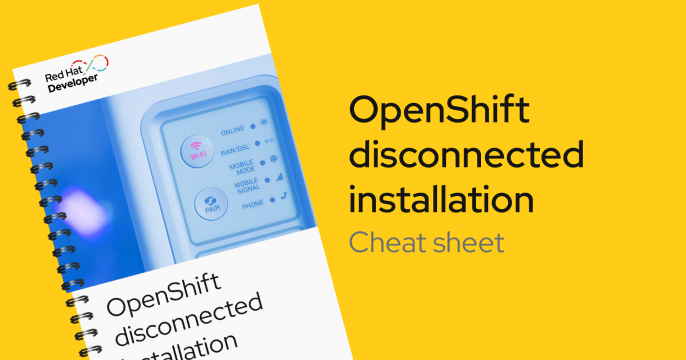Developing applications on Kubernetes
Kubernetes is the foundation of cloud software architectures like microservices and serverless. For developers, Kubernetes brings new processes for continuous integration and continuous deployment; helps you merge code; and automate deployment, operation and scaling across containers in any environment.
WATCH! Developer productivity on Kubernetes with OpenShift
Ryan Jarvinen offers comparisons between OpenShift and vanilla Kubernetes, and explains how Red Hat helps developers build, instrument, and manage containerized solutions that can be run securely on any infrastructure.
What is Kubernetes?
Kubernetes is a system for managing container-based applications. Kubernetes empowers developers to utilize new architectures like microservices and serverless that require developers to think about application operations in a way they may not have before. These software architectures can blur the lines between traditional development and application operations, fortunately, Kubernetes also automates many of the tedious components of operations including deployment, operation, and scaling. For developers Kubernetes opens a world of possibilities in the cloud, and solves many problems, paving the way to focus on making software.
Red Hat named a Leader in 2024 Gartner® Magic Quadrant™ for Container Management
Recognized for completeness of vision and ability to execute.
Quadrant for Container Management.
Gartner Magic Quadrant research methodology provides a graphical competitive positioning of four types of technology providers in fast-growing markets:
Red Hat named a Leader in 2024 Gartner® Magic Quadrant™ for Cloud Application Platforms
Recognized for completeness of vision and ability to execute.
Red Hat has been recognized by Gartner as a Leader in the first-ever 2024 Gartner Magic Quadrant for Cloud Application Platforms.
DevNation Master Courses: Kubernetes Beginner 1 & 2
Featured resources
Dynamic Cards

Explore new C++ front-end features in GCC 15.1, including pack indexing and...

Learn how to use content templates and repository snapshots within Red Hat...

Learn how to register IdM deployment with RHEL domain join feature (part 2 of...

Learn how to integrate instances into an organization's identity domain using...








